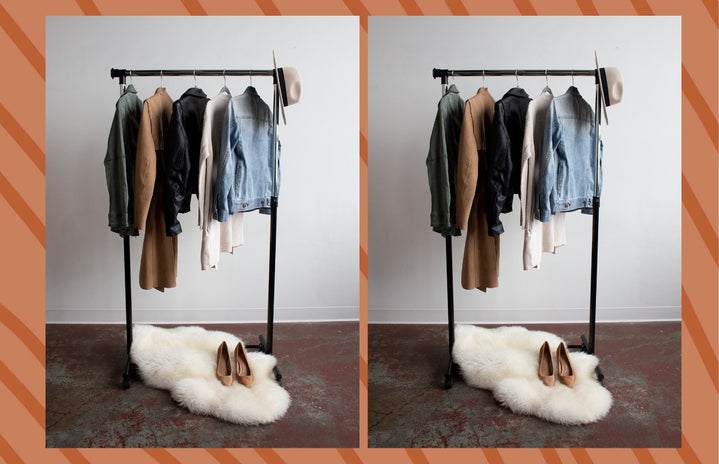With the national strike for climate change happening this past week, and an emergence of global awareness of the necessity for sustainable practice for both corporate companies and everyday folks we are going to break down the impacts of what you wear. Fashion is not only what you choose to wear and how you express yourself, but it is also part of a cycle that contributes to a larger problem—climate change.
What is fast fashion?
Fast fashion was a term coined in order to describe the quick turnover of clothes on the runway, to the stores, and into the closets of consumers. However, as time passes the term carries more weight for its effects on the environment. Fast fashion has profited off the everyday consumer trying to keep up with the different trends that change at a rapid pace. Instead of the stone-age idea of four seasons of fashion (like those in nature), fast fashion has created a constant role over of merchandise with over 50 “micro-seasons” per year. With new trends coming out weekly, consumers are plagued with the thought of being off trend even if they just went shopping last week. This idea was created in order to capitalize off the consumer’s need to be trendy. In order to create the illusion of saving money in these constant shopping trips, fashion retails have cut quality of product in material in order to produce products quickly and that are cost-efficient.
How It’s Affecting the Environment
Fast fashion helps to promote a throw-away and buy-more attitude. In result of the cheap manufacture of clothing and “trendy” products, fashion giants hope for their product to go out of style or lose their shape quickly. The manufacturers of your clothing help to contribute to pollution, child labor, harsh working conditions, and large amounts of trash. During its life cycle, clothing costs the earth thousands of gallons of water and pollutes hundreds of pounds of carbon dioxide into the air. The people that work in the clothing factories are typically subjected to terrible working conditions such as low-wages and unsafe working conditions. Then, after the clothing either falls apart or is off-trend, it most likely ends up in a landfill, leaving toxic chemicals and dyes from our clothes to pollute surrounding soil and groundwater (and make one big pile of trash).
Admin via Trusted Clothes
How You Can Lessen Your Fashion Footprint
Every time you decide to buy a new product, you are making the decision to vote with your purchase. Your money is what makes the fashion industry (and the world) go round, so if you continue to contribute your cold-hard cash to the fast-fashion industry it will just keep doing its I-don’t-care-about-the-environment-I-just-want-your-money thing. However, becoming a conscious consumer can make a great impact upon not only the fashion industry, but on your life. I’m not saying that you can’t buy that REALLY cute dress from Target, nor am I saying you need to upcycle and thrift for all you finds, but what I am saying is be conscious of your choices. The ultimate way to limit your carbon footprint is to consume less, but when you do need to purchase a new shirt, or some new jeans just know what brand you are buying from and their impacts on the world around you. In result of living in a world with little computers at our fingertips we can look-up the horrible (or great) impacts of large corporate companies with just a little internet sleuthing. Do that. Look up that brand of the dress you want to buy and see what they are or aren’t doing to the environment. Be conscious of the longevity of your clothing and the ability for you to wear it more than once. In order to save the earth (and money) make sure you are making purchases that make sense for your life. The cost of clothing may not even be worth if, even if it is $5. Those $5 will be contributing to major impacts on the environment which impacts all of our futures, so when you go to buy another piece of clothing because it’s “only $5” ask yourself, is the environmental cost worth it?
via Giphy



